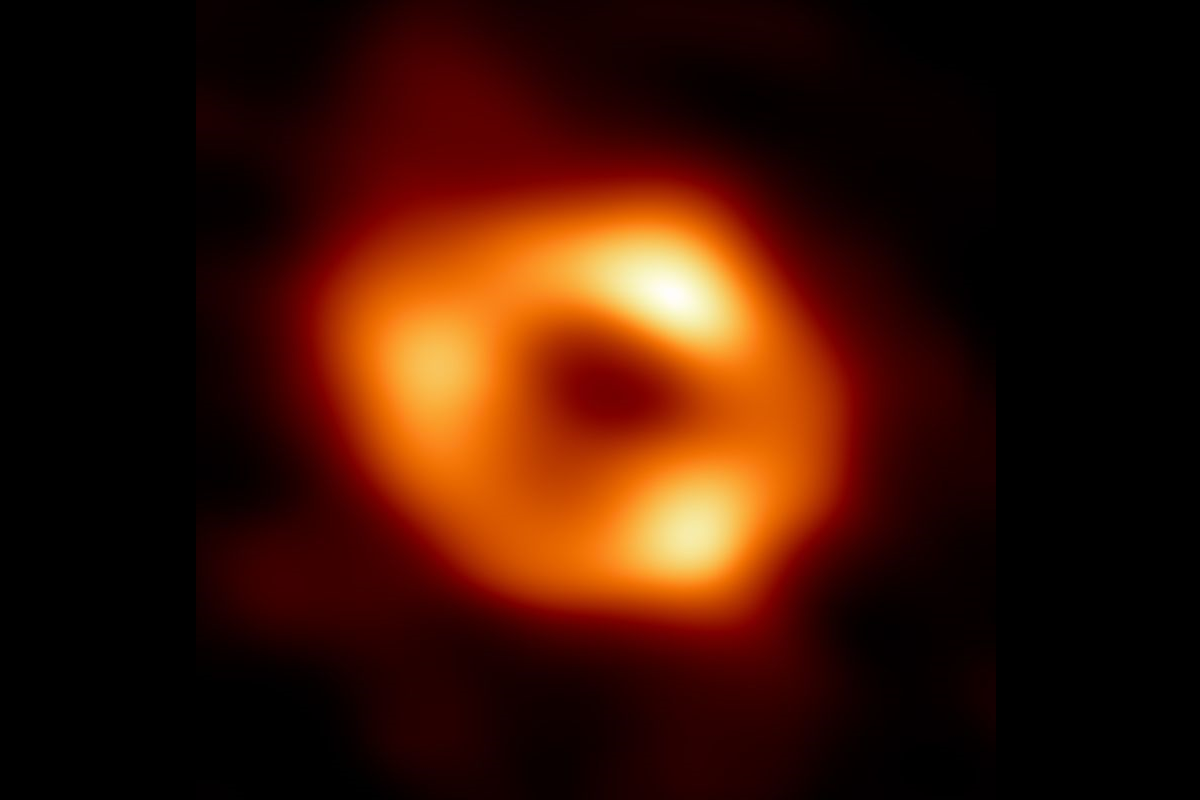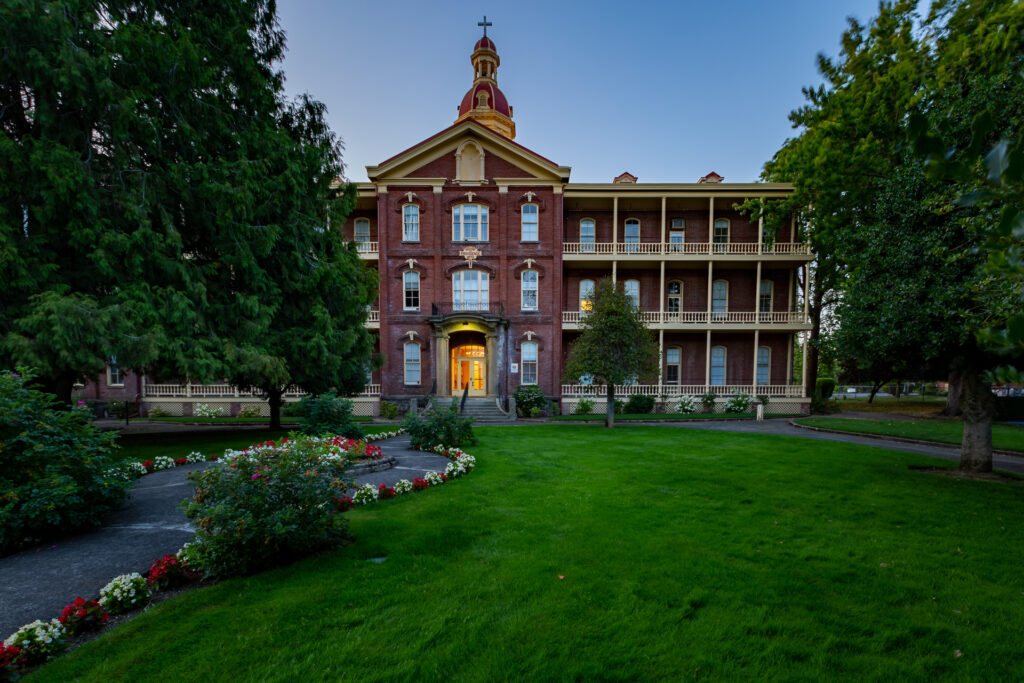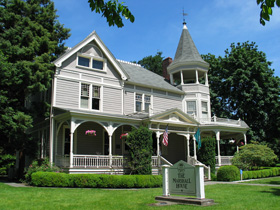Events

- This event has passed.
Science on Tap: How Do Scientists See Black Holes?
July 14, 2022 @ 7:00 pm - 8:00 pm
$15 – $45
Via Productions’ next Science on Tap, “How Do Scientists See Black Holes?” will be at 7 p.m. July 14 at the Alberta Rose Theatre. Tickets are $15 to $45. Get complete details at www.scienceontaporwa.org/events/alberta_july_14_black_holes/.
If light can’t escape from black holes, how do we know where they are and what they’re doing? Black holes formed from dying massive stars are the densest things in the universe. They have ten to 100 times the mass of the Sun crammed into a space that is only tens of miles across. There are also supermassive black holes at the centers of most galaxies (including our own Milky Way galaxy), that are millions to billions of times more massive than the Sun.
Black holes get their name because their gravity is so strong that not even light can escape, so they look black to us. However, we still know where lots of them are. Scientists can find and study black holes from effects they have on the space environment around them. In this talk, astronomer Dr. Abbie Stevens tell us about the ways of finding black holes and learning more about their extreme physics.
Stevens is an NSF Astronomy & Astrophysics Postdoctoral Fellow at Michigan State University and the University of Michigan. She studies black holes and neutron stars by looking at X-ray light coming from stars they’re eating. Alongside this research, Abbie is involved in X-ray space telescopes, science advising on creative projects, open-source software development, astronomy data science, science literacy education, and mental health initiatives in academia.


